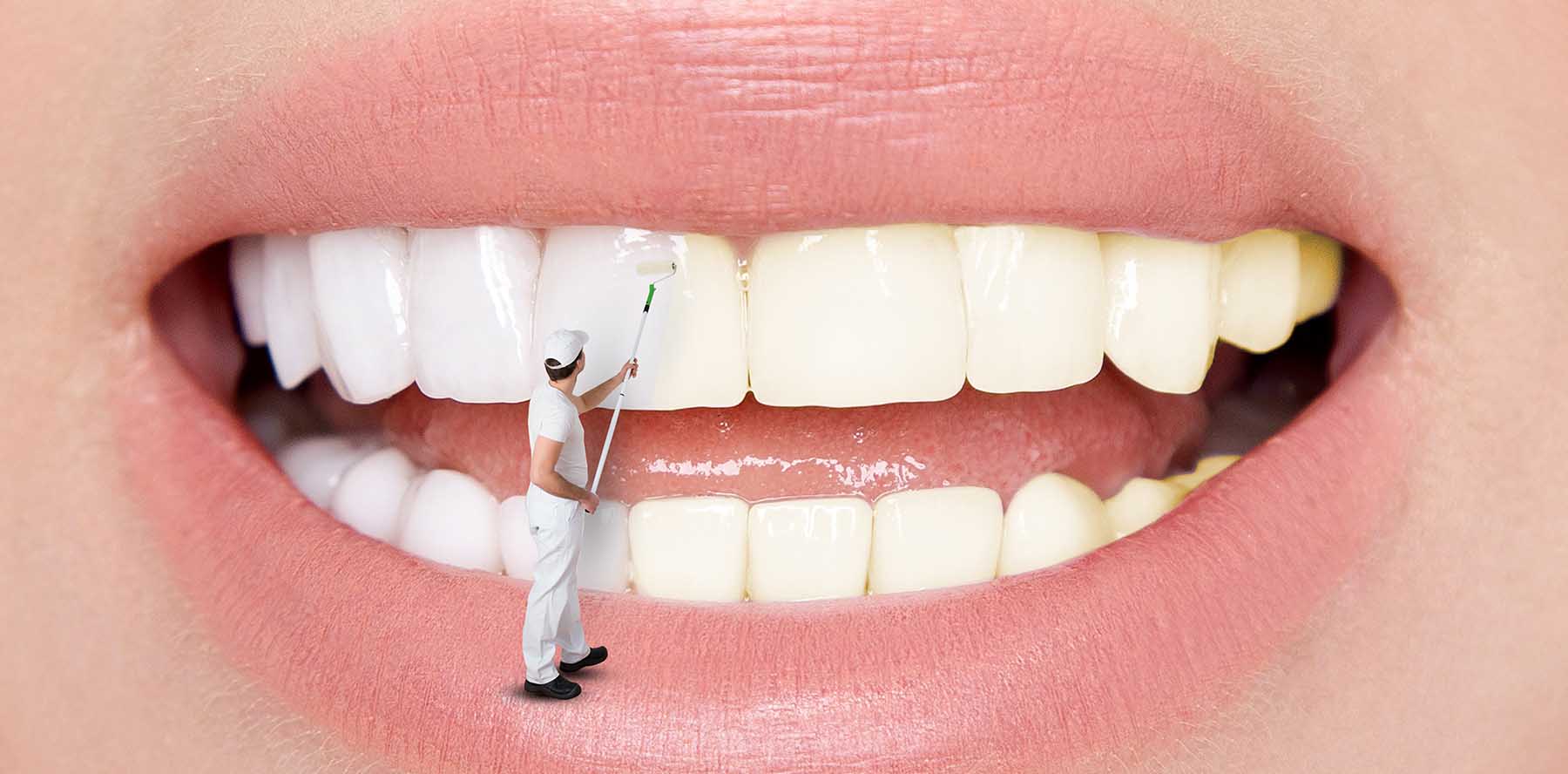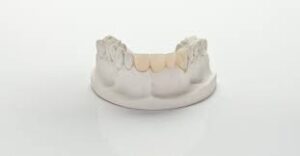Many people worry about how long it takes to fill a cavity. The common process of filling takes almost 1 hour to complete. It is a simple and easy to handle process. When you sit on a dentle chair, you feel relaxed because this process helps you to get rid of stress. This blog addresses all concerns about cavity filling, including its types and the time required to complete the process. Also, how do you feel after and before this procedure?
How long does it take to fill a cavity?
The procedure of filling the cavity takes almost 20 to 60 minutes to complete. The time depends upon many factors, like the location and size of the cavity, the type of material used in filling, and how many fillings are needed for the process. Small cavities can take 20 minutes, while larger cavities take an hour to complete. Most of the filling processes are almost done in one hour. Only a dentist knows the exact time of cavity filling.
What are the different types of fillings?
There are different types of dental fillings. Your dentist chooses these on the basis of your expenses, appearance, and dental needs. The most common types are gold, porcelain, and ceramic fillings. Ceramic fillings are less commonly used because they are costly to use. Each type has its own value. Some fillings are totally matched to your natural teeth. It enhances your smile and makes it stronger. Your dentist will suggest the appropriate type depending on your condition.
Silver color fillings
Silver fillings are also called amalgam fillings. They are strong and last many years. Dentists use them mostly on back teeth. They are not tooth colored and do not look natural. They are very durable and cheap. Silver fillings are a good option if you want long lasting results.
White tooth color fillings
White fillings are also called composite fillings. They match the color of your teeth. Dentists use them mostly on front teeth. They look very natural and almost invisible. It is not as strong as a silver filling. It can give a confident smile. You should try composite filling if you want tooth like filling.
Gold fillings
Gold fillings are strong and last many years. They do not break easily. Many people do not choose them because they are very costly. They also do not match the color of natural teeth. If you want a filling that is strong and you do not mind the gold look, you may choose this type. They are less common today.
Porcelain fillings
Porcelain fillings are designed to be the same color as your other teeth. They are also called inlays or onlays. They last long and resist stains. They are made in a dental lab, so they may need more than one visit. These are also expensive compared to composite or silver. Porcelain fillings are a good choice for a natural and long lasting solution.
Ceramic fillings
Ceramic fillings give you a natural tooth like finish. It is made of high-quality material. They resist stains better than composite fillings. They are also very strong and last long. The dentist may use them on front or back teeth. Ceramic filling is much more expensive. It looks real and gives more strength. You should choose it if you want both.
How long does a filling take on a child?
You need 20 to 40 minutes if you need a cavity filling for a child. A small cavity can take even less than this. Dentists use child friendly methods to keep the child calm. Sometimes numbing is needed, sometimes not. If your child has more than one tooth. The doctor will fix them one by one. The dentist will help your child to feel safe and pain free. Early care can prevent bad tooth growth and pain.
Factors That Influence Cavity Filling
- A small cavity takes less time. A large cavity needs more.
- Many cavities mean a longer time or multiple visits.
- Front tooth cavities need extra time for cosmetic work.
- Silver fillings are quick. Composite or porcelain takes longer.
- Badly damaged teeth take more time for treatment.
- Children may take longer as they can move.
- Dentists using lasers are faster than the drilling methods.
- Numbing the tooth adds some extra minutes.
- Bite checks and adjustments take a few minutes.
- Modern dental machines help finish fillings much faster.
The Tooth Cavity Filling Procedure: Step by Step
Numbing the tooth
Local anesthesia is applied to numb your tooth and the surrounding gums. This will make the process pain free. You may feel slight pressure but no discomfort.
Removing decay
The removal of damaged areas of teeth is important. This step reduces the chances of decay. It will make your filling more healthy and long lasting.
Cleaning the tooth
It comes after the removal of the affected part. It protects your teeth by washing away germs. It also helps to reduce further infections. This makes your filling bond properly.. This makes your filling bond properly.
Placing the filling
After cleaning the teeth properly. The dentist fills the area with selected material. Choosing materials carefully is important. This material covers all the gaps and helps you restore the shape and function of the teeth.
Shaping the filling
Shaping up the teeth exactly to match the natural contour of your tooth is the next step. This step ensures your bite feels normal and the tooth looks natural when you smile.
Polishing the filling
The next step comes from removing all rough surfaces from the filling that can cause damage to other teeth and mouth tissues. Grinding the surface gives it shine and makes your teeth have a natural look.
Checking the bite
A bite test is a final step to ensure the correct alignment of the placed filling. This final test helps you to adjust the placement and normal functioning of your teeth. The chewing and biting feel natural at the end.
Recovery and Aftercare
- Brush and floss your teeth daily to ensure hygiene.
- Consult your dentist often for checkups and care.
- Drink water many times and eat less sweet food.
- Use a paste with fluoride to keep teeth safe.
Conclusion
Now you know how long does it take to fill a cavity. The process takes less than an hour in most cases. The time changes with the size and location of the hole. Children and adults have different durations of the procedure. Front teeth and back teeth may need different times. You save time and stop pain if you fix cavities early. You should always go to your dentist for regular checks. A hole in a tooth is easy to fix when it is small. Waiting makes it bad. Take care of your teeth to have a healthy and bright smile.
FAQs
What does a cavity feel like?
A cavity can give a strong or mild pain. You can feel it when you eat hot and cold food. Sometimes it shows no pain at all. Only a dentist can confirm the cavity and give you treatment.
Is cavity filling painful?
Cavity filling is not painful. This is done after numbing the teeth. You can only feel some pressure on the area. A mild sensitivity is normal after filling and goes away quickly.
Is getting a cavity filled quickly?
Getting a cavity filled is quick. Small cavities usually take 20 to 30 minutes. It may take up to an hour if the cavity is large. The whole process is smooth and simple. You should not worry about time.
How much would 3 fillings cost?
Getting a cavity filled is fast. A small cavity takes twenty to thirty minutes. A bigger cavity takes up to one hour. The whole process is easy and smooth. You do not need to worry about the time.
Can I eat 2 hours after a filling?
You can eat 2 hours after a filling. If you get a silver filling, wait at least 24 hours. If you get composite, you may eat sooner. Always avoid hard food until numbness is gone.




















